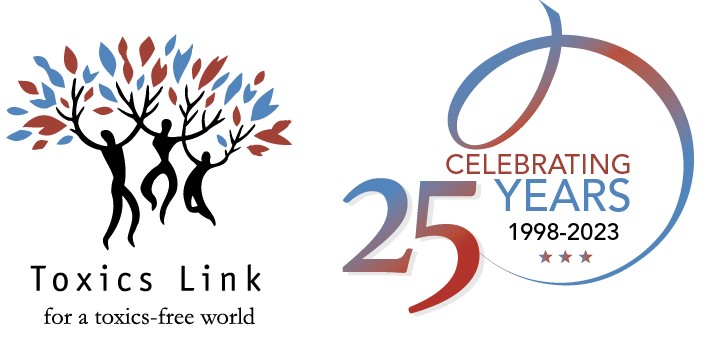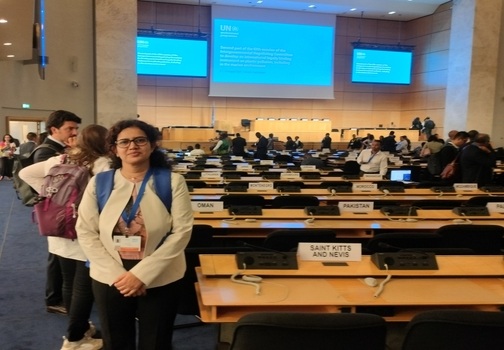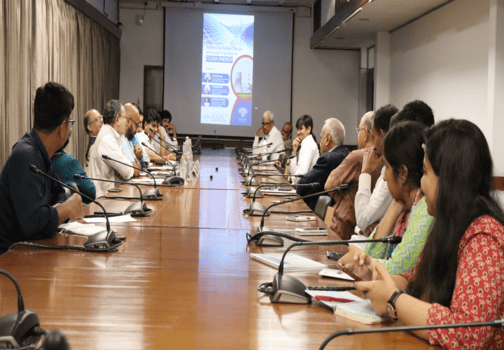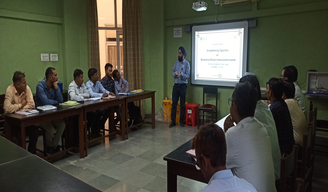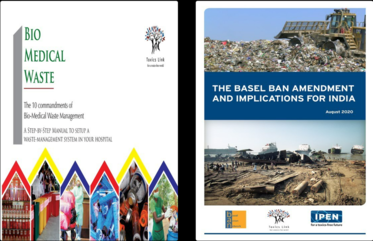Disposal of e-waste
GOVERNMENT OF INDIA
MINISTRY OF ENVIRONMENT, FORESTS AND CLIMATE CHANGE
LOK SABHA
UNSTARRED QUESTION NO: 1948
ANSWERED ON: 30.07.2021
Disposal of e-waste
Ravneet Singh
Sandhya Ray
Rajendra Dhedya Gavit
Krishna Pal Singh Yadav
(a) whether India has emerged one of the largest e-waste generator in the world, if so, the quantum of e-waste generated during the last five years indicating its rate of growth, State/UT-wise;
(b) the details of schemes/guidelines being implemented for recycling/safe disposal of e-waste and compliance of the same;
(c) The quantum of recycled e-waste vis-a-vis total e-waste generated along with the incentives given and procedures adopted to promote its recycling;
(d) the number of e-waste recyclers/dismantlers approved by the Government along with those installed/ likely to be installed in various States/UTs including Punjab;
(e) Whether the Government has conducted any study regarding the damage caused to environment by e-waste and if so, the details and the outcome thereof; and
(f) the action taken against institutions spreading e-waste along with the steps taken to reduce/manage e-waste, State/UT-wise?
ANSWER
MINISTER OF STATE IN THE MINISTRY OF ENVIRONMENT, FOREST AND CLIMATE CHANGE
(SHRI ASHWINI KUMAR CHOUBEY)
(a) India is the third largest e-waste generator in the world after China and the USA.Under the E-Waste (Management) Rules, 2016, twenty-one (21) types of electrical and electronic equipment (EEE) has been notified. These notified EEE at the end of their life becomes E-Waste. The input data for estimation of generation of e-waste is available only from 2017-18 and for national level generation only. State Wise data on e-waste generation is not available. Information on national level e-waste generation is available financial year wise for the financial year (FY) 2017-18, 2018-19 and 2019-20 along with percentage increase is given in the table below:
- No. Financial year Estimated Generation
(Tonnes) % Increase
- 2017-2018 7,08,445 NA
- 2018-2019 7,71,215 8.86%
- 2019-2020 10,14,961.2 31.60%
(b) For recycling of E-Waste presently there is no scheme being implemented by the Government. The E-Waste (Management) Rules, 2016 ensures recycling of E-Waste in an environmentally sound manner through authorized dismantlers/recyclers. Under the said E-Waste Rules, stakeholders such as Producers, Dismantlers, Recyclers, Refurbishers and Manufacturers are required to obtain Authorization. The authorized dismantler and recyclers are required to carry out dismantling & recycling of E-Waste in an environmentally sound manner as per the ‘Implementation Guidelines’ for E-Waste (Management) Rules, prepared by CPCB. Guidelines provides for environmentally sound process and minimum required facilities for dismantling and recycling of E-Waste. State Pollution Control Boards (SPCBs)/Pollution Control Committees (PCCs) are the designated authority for grant of authorisation to the dismantlers and recyclers of e-waste and grant authorisation after ensuring compliance of guidelines.
(c) No incentives have been given for promoting recycling. The quantity of E-Waste generated, collected and recycled in the country during the FY 2017-18, 2018-19 and 2019-20 is given below:
Year Estimated Generation
(tonnes) Total Quantity of E-Waste Collected, Dismantled & Recycled (tonnes)
2017-18 7,08,445.00 69,414.0
2018-19 7,71,215.00 1,64,663.0
2019-20 10, 14,961.20 2,24,041.0
(d) Presently 400 dismantlers/recyclers of E-Waste are operating in 20 States namely Andhra Pradesh, Assam, Chhattisgarh, Gujarat, Goa, Haryana, Himachal Pradesh, Jammu & Kashmir, Jharkhand, Karnataka, Madhya Pradesh, Maharashtra, Odisha, Punjab, Rajasthan, Tamil Nadu, Telangana, Uttar Pradesh, Uttarakhand and West Bengal. These authorised dismantlers/recyclers have annual processing capacity of 10, 68,542.72 tonnes. State wise details including that of the State of Punjab on number of dismantlers/recyclers are given at Annexure-I.
(e) No study has been carried out by CPCB to assess the damage caused to environment by e-waste. However, the electrical and electronic equipment (EEE) after their useful life does not cause any harm to health and environment if it is stored safely in households/stores. If the end of life EEE (e-waste) is opened-up and unscientific methods are used for extraction of precious and semi-precious material from it, then it causes health risks and damage to environment.
(f) Under the E-Waste (Management) Rules, 2016, institutions like Central Government or State Government Departments, public sector undertakings, banks, educational institutions, multinational organisations, international agencies, partnership and public or private companies and health care facilities having turnover of more than one crore or having more than twenty employees have been categorised as Bulk Consumers. The Bulk Consumers have been given responsibilities of maintaining records of e-waste generation and have to file annual returns to the concerned SPCBs/PCCs. No Punitive action has been provided for generation of E-Waste in the Rules. Following steps have been taken to manage and reduce E-Waste in the country:
- E-Waste (Management) Rules, 2016 were notified with following specific objectives:
? Extended responsibility to producers to manage a system of e-waste collection, storage, transportation and environmentally sound dismantling and recycling through EPR Authorization (EPRA).
? E-Waste Collection Targets and encouragement for establishing an efficient E-Waste collection mechanism
? Environmentally safe & sound Recycling through authorized dismantlers and recyclers of E-Waste and minimizing illegal recycling / recovery operations
? Reduction in Hazardous substances in Electrical and Electronic Components
- Producers of EEE have to obtain EPR Authorisation and have to collect e-waste based on the collection target given to them by CPCB. The collection target is based on generation of e-waste and sells of EEE as the case may be. Producers have to manage collected e-waste in an Environmentally Sound Manner through their authorized entities only such as Recyclers/ Dismantlers/PROs as the case may be.
- 1766 Producers have been granted EPR Authorization as on date.
- 57 Producers Responsibility Organizations (PROs) have been granted PRO Registration as on date.
- 400 authorised dismantlers/recyclers of E-Waste are operating in 20 States.
- An Action Plan is in place for enforcement of the E-Waste (Management) Rules, 2016 in the country, and is being implemented through SPCBs/PCCs. SPCBs/PCCs are submitting quarterly progress report as envisaged in the Action Plan through a web portal developed for this purpose.
